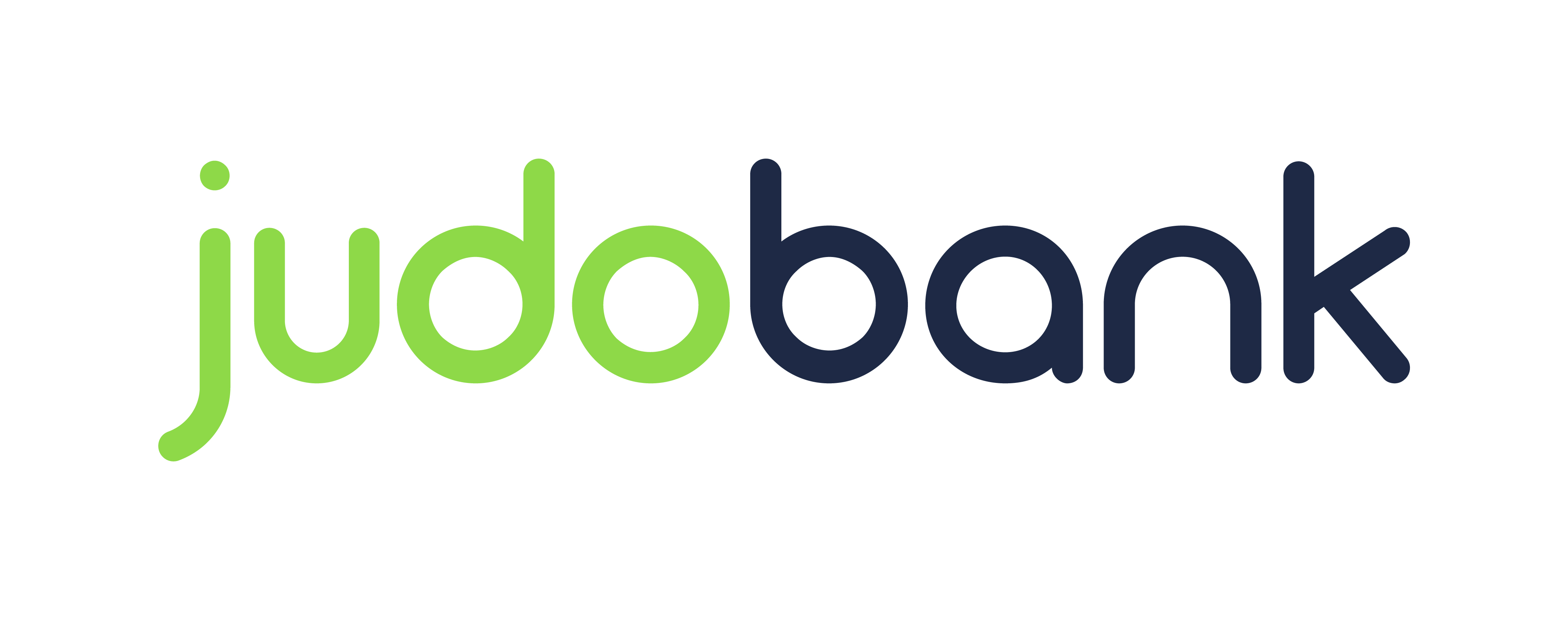What interest rate can you get on a 12-month term deposit?
Interest rates in the 12-month term deposit space tend to be strongest as that’s where there’s the most competition. At the time of writing, if your rate isn’t at least 5.00% p.a. then you’re probably not getting the greatest of deals. Of course, this is subject to change.
Term deposits can act as a bit of a crystal ball into what a bank thinks will happen to interest rates in the market more broadly. Rates pushed higher indicate they expect “higher for longer” while rates pushed down might signify a lower rate environment 12 months from now.
They also reflect a bank’s thirst for deposits. One might offer a higher rate if they want the surety and stability of cash as a ‘hedge’ against market volatility, or they see it as a cheaper form of funding than wholesale funding and bonds - or they just need more easy cash to fund their operations and lending activities.
What to look for in a 12-month term deposit
There’s a few key ingredients beyond a competitive interest rate to look for in a term deposit.
Interest payment frequency
On a 12-month term the highest rates tend to go to products with annual/end of term interest payments. As your term concludes you will receive all your interest in one lump sum, which is easy to calculate.
If you had $50,000 deposited at 5.00% p.a. you’d earn $2,500. Remember, interest on term deposits is simple, not compounded.
Other payment types include: fortnightly, monthly, quarterly and six-monthly. Keep in mind if you opt for a more frequent type of payment you might sacrifice some interest. For example, there might be a 5 or 10 basis point reduction in the total interest rate.
Minimum and maximum deposits
Many term deposit products carry minimum deposits, frequently in the realm of $1,000. Some banks are as low as $500 while others demand at least $5,000 or even $10,000.
Some banks also have stepped interest rates where the more you deposit, the more you get. So, you might need at least $25,000 or more in some instances to get the best interest rates.
On the flipside of that is maximum deposits. These vary wildly between banks. Some might be as low as $100,000 while others could be $2 million or more, making a relatively safe space to park hoards of cash reserves. However keep in mind the $250,000 government deposit guarantee.
How and where interest is paid
You’ll have to direct the bank what to do with your interest payments. Coming up to the term’s conclusion, you will likely have the option of a full interest payment, rolling it all over and compounding into a new term, or part-rolling over. If you do nothing it will likely be kept in a holding account earning very little interest.
You might also be able to opt which bank account to have the interest, and eventually principal, paid into. Many banks will set up a transaction account for you, but you might be able to nominate an external bank account.
What are the penalties for withdrawing from a 12-month term deposit early?
Unlike savings accounts, you can’t just go about accessing money in your term deposit. Many banks require at least 31 days' notice to withdraw at all.
There might be fees and/or interest rate penalties for doing so. Not all banks charge them, but fees/penalties tend to be about $30. You will also face lower interest payments, generally of the following:
|
Percentage of the term lapsed |
Interest rate reduction |
|---|---|
|
0% to 20% (0-73 days) |
90% |
|
20% to 40% (73-146 days) |
80% |
|
40% to 60% (146-219 days) |
60% |
|
60% to 80% (219-292 days) |
40% |
|
80% to 100% (292-365 days) |
20% |
This means if you got say halfway through your term deposit and decided to withdraw, you’d likely sacrifice 60% of your interest payment. On $50,000 paying 5.00% p.a. that would be around $1,500 forfeited plus any fees payable.
12-month term deposit pros
-
Tenure not too heady: 12-months is a much more reasonable time frame than say, five years, and many people will be able to hang on to get an interest rate return.
-
Most competition: A lot of the competition for the best interest rates tends to be in the 6-12 month space, and a lot of providers offer 12-month products
-
Relatively safe investment: Term deposits provide a guaranteed rate of return and are insured up to $250,000 by the government’s deposit guarantee, per bank, per account holder.
-
Interest and rollover options: You can decide on how often you want your interest paid as well as, in many cases, a nominated bank account where it’s paid.
-
Minimal fuss: Unlike many online savings accounts there aren’t a bunch of hoops to jump through such as minimum monthly deposits, card transactions and so on.
12-month term deposit cons
-
Taxed as income: Interest earned on deposit products is classed as taxable income. So yes you might be getting a good rate of return, until tax time when some of it’s taken away.
-
Funds stashed away: You will have your savings stashed away for 12-months, and require 31 days' notice to withdraw (with penalty and interest sacrifice). If you have a shorter-term goal or think you’ll need that money, re-think a term deposit. On the other hand it’s a forced method of saving.
-
Simple interest: Unlike a savings account, term deposit interest is not compounded, which could add up to a few dollars extra. This means your interest doesn’t earn interest. However at the end of the term you may decide to rollover the term, and in that case the interest can be compounded.
-
High minimum deposits: Some banks' term deposits allow you to start with as little as $500, while many - including the majors - require at least $5,000. This is a bigger hurdle than a savings account where you can start with $1, and continue adding to your pot of gold.




























